Individualized Education Programs (IEPs) for Autism

Understanding IEPs: Foundations for Supporting Students with Autism
Individualized Education Programs (IEPs) are critical tools that enable students with autism to receive an education tailored to their unique needs. Under federal law, especially the Individuals with Disabilities Education Act (IDEA), IEPs are legally binding documents that specify the goals, services, and accommodations necessary for each student’s educational success. This article explores the comprehensive process of developing, implementing, and reviewing IEPs for children with autism, highlighting key components, legal rights, and best practices that promote inclusive and effective education.
What is an IEP for autism and how does it support students?
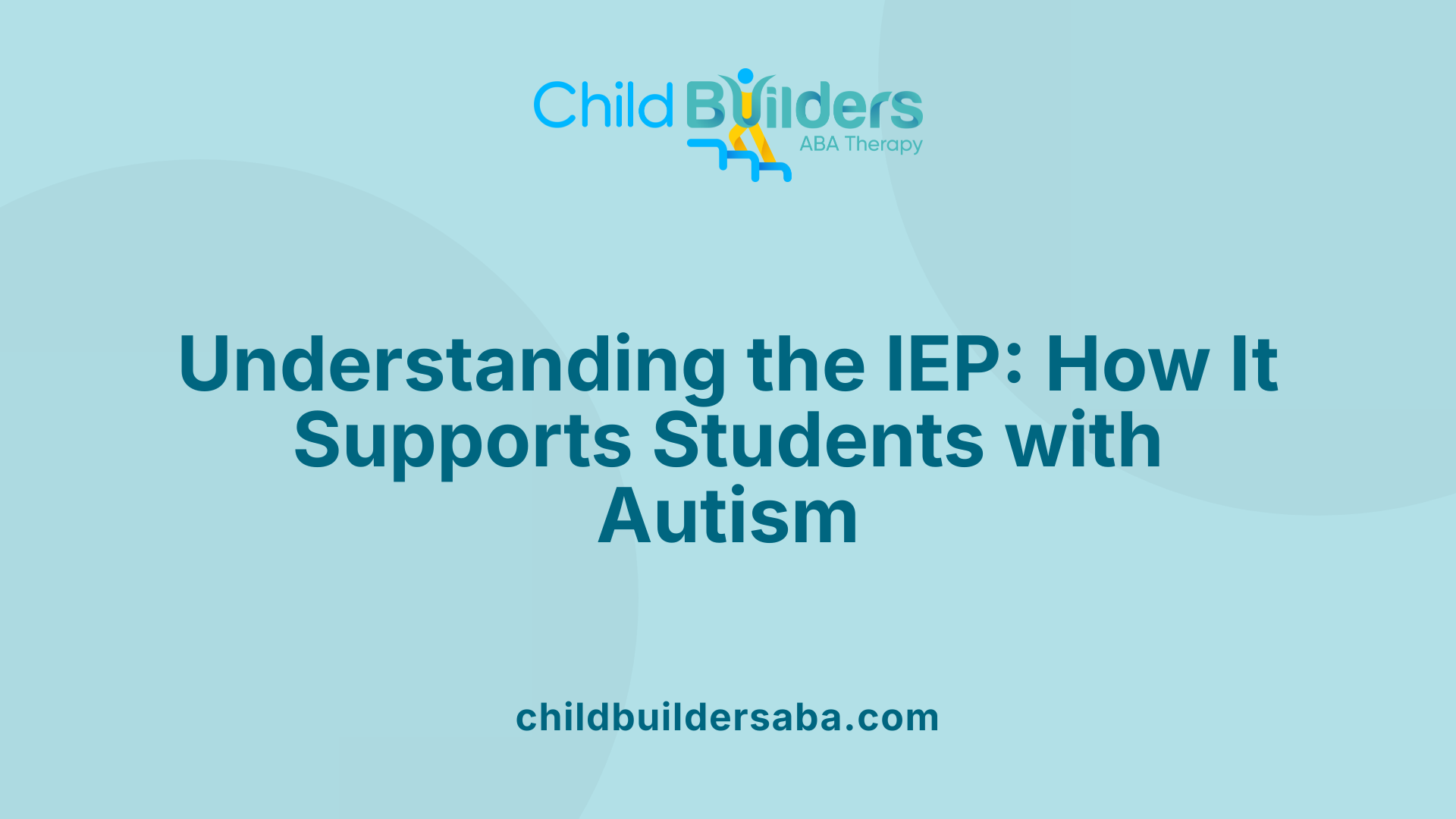
What is an IEP for autism and how does it support students?
An IEP, or Individualized Education Program, is a specific plan created for students with autism to address their unique educational needs. Mandated by federal laws like the Individuals with Disabilities Education Act (IDEA), an IEP serves as a detailed and legally binding document that guides the educational experience of each eligible child.
This personalized plan begins with a comprehensive evaluation by a team of professionals, including teachers, psychologists, speech-language therapists, and parents. These assessments help identify the child's strengths, challenges, and areas requiring support, such as social skills, communication, or behavioral management.
Based on this evaluation, the team sets clear, measurable goals tailored to the child's development across various domains—academic, social, behavioral, and motor skills. For children with autism, these goals often include learning new skills, improving social interactions, regulating behaviors, and developing motor coordination.
To support these objectives, the IEP outlines specific services like speech therapy, occupational therapy, counseling, and assistive technology. It also details accommodations such as classroom modifications or behavioral strategies. This ensures the child receives appropriate interventions within the school environment.
The IEP isn’t a static document; it’s reviewed annually. During these reviews, the team assesses progress, discusses any necessary adjustments, and updates goals to reflect the child's evolving needs. This regular oversight helps maintain a relevant and effective support plan.
Supporting students with autism through an IEP involves more than just setting goals. It encourages collaboration among parents, educators, and specialists, empowering families to advocate effectively for their child's needs. Involving children in developing parts of their IEP can also foster independence and self-advocacy.
Overall, an IEP ensures that children with autism access the resources, services, and environments that promote their academic and social growth. It guarantees they can participate meaningfully in school life, receive necessary supports, and make progress at their own pace, respecting their individual abilities and circumstances.
Key components and content of an autism-focused IEP
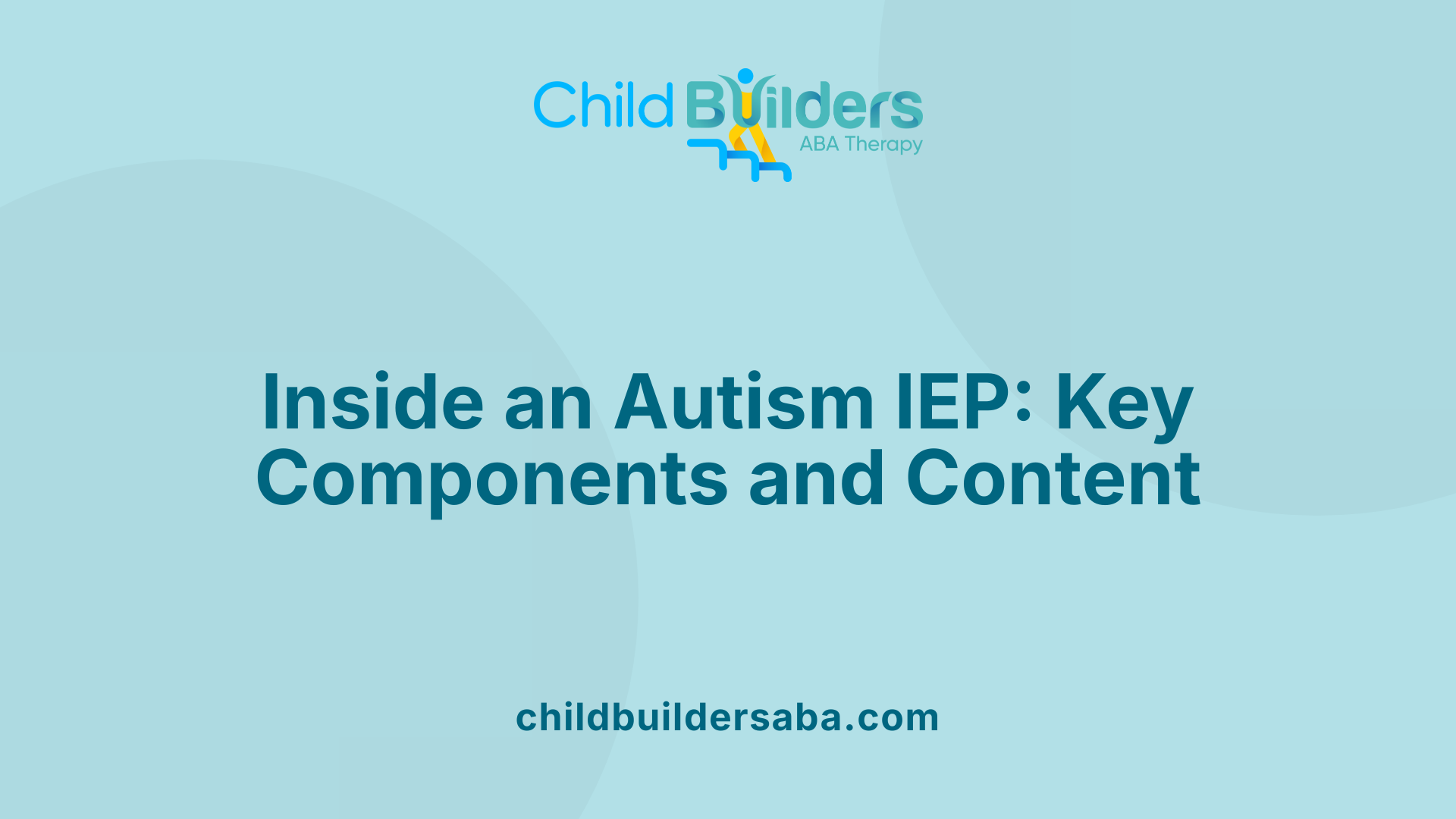
What are key components and content typically included in an IEP for children with autism?
An IEP, or Individualized Education Program, is a detailed plan that guides the educational journey of a child with autism. It is tailored to meet the specific needs of the individual student, ensuring they receive the appropriate support and services while promoting their growth and development.
At the core of the IEP are the "present levels of performance." This section provides a snapshot of what the child can do academically and functionally, highlighting strengths and areas where they face challenges. It sets the foundation for setting realistic and personalized goals.
The "annual goals and objectives" are the measurable targets designed to improve various skills such as communication, social interaction, behavior management, and academic achievements. These goals are broken down into smaller, manageable objectives that help track progress over the year.
Support services form a vital part of the IEP. For children with autism, these often include speech therapy, occupational therapy, physical therapy, counseling, or behavioral interventions like Applied Behavior Analysis (ABA). The plan details how frequently these services will be provided and through what means.
Accommodations and modifications are adjustments within the classroom environment or instructional methods to enable the child to learn effectively. This may include visual supports, adapted materials, or changes in assignments that level the playing field for students with diverse needs.
Placement and inclusion strategies discuss where the child will learn and how they will be integrated into the classroom or school community. The goal is often to place the child in the least restrictive environment, maximizing interaction with peers while providing necessary supports.
As children grow older, transition planning becomes essential. The IEP outlines goals related to post-secondary education, employment, living skills, and community participation. These plans prepare students for independence and adult life by setting clear objectives and identifying needed services.
Finally, behavior intervention strategies are included when necessary. These strategies aim to promote positive behaviors and reduce behaviors that hinder learning. The IEP specifies approaches, supports, and reinforcement methods used to help the child develop adaptive behavior.
Every IEP is reviewed annually to assess progress and make necessary adjustments. It also incorporates methods for ongoing progress monitoring, ensuring the plan remains relevant and effective. Additionally, the IEP educates the child about their rights and encourages their involvement in the planning process.
In summary, an autism-focused IEP is a comprehensive, flexible document that combines educational objectives, support services, environmental accommodations, and transition strategies. It fosters a personalized learning environment that supports the unique developmental trajectory of each child with autism.
| Component | Description | Sample Content |
|---|---|---|
| Present levels of performance | Snapshot of current academic and functional skills | Cognitive strengths, communication challenges, social skills level |
| Annual goals and objectives | Measurable targets for the year | Improve vocabulary, increase social initiations, reduce tantrums |
| Support services | Therapies and interventions needed | Speech therapy: 2 sessions per week, Occupational therapy: weekly |
| Accommodations and modifications | Classroom adjustments and instructional changes | Visual schedules, simplified instructions, extended time for tests |
| Placement and inclusion strategies | Learning environment and peer interaction plans | Inclusion in general education, small group settings, peer buddies |
| Transition planning | Goals related to post-school life, employment, and living arrangements | Attend college tours, job shadowing, learn money management skills |
| Behavior intervention strategies | Techniques to support behavioral development | Positive reinforcement, visual behavioral charts, consistent routines |
This detailed approach ensures each child’s educational experience is tailored to their needs, promoting both academic success and personal growth. The IEP process emphasizes collaboration among educators, specialists, families, and the student, creating a roadmap for development that adapts over time.
Building an effective collaboration between parents and educators
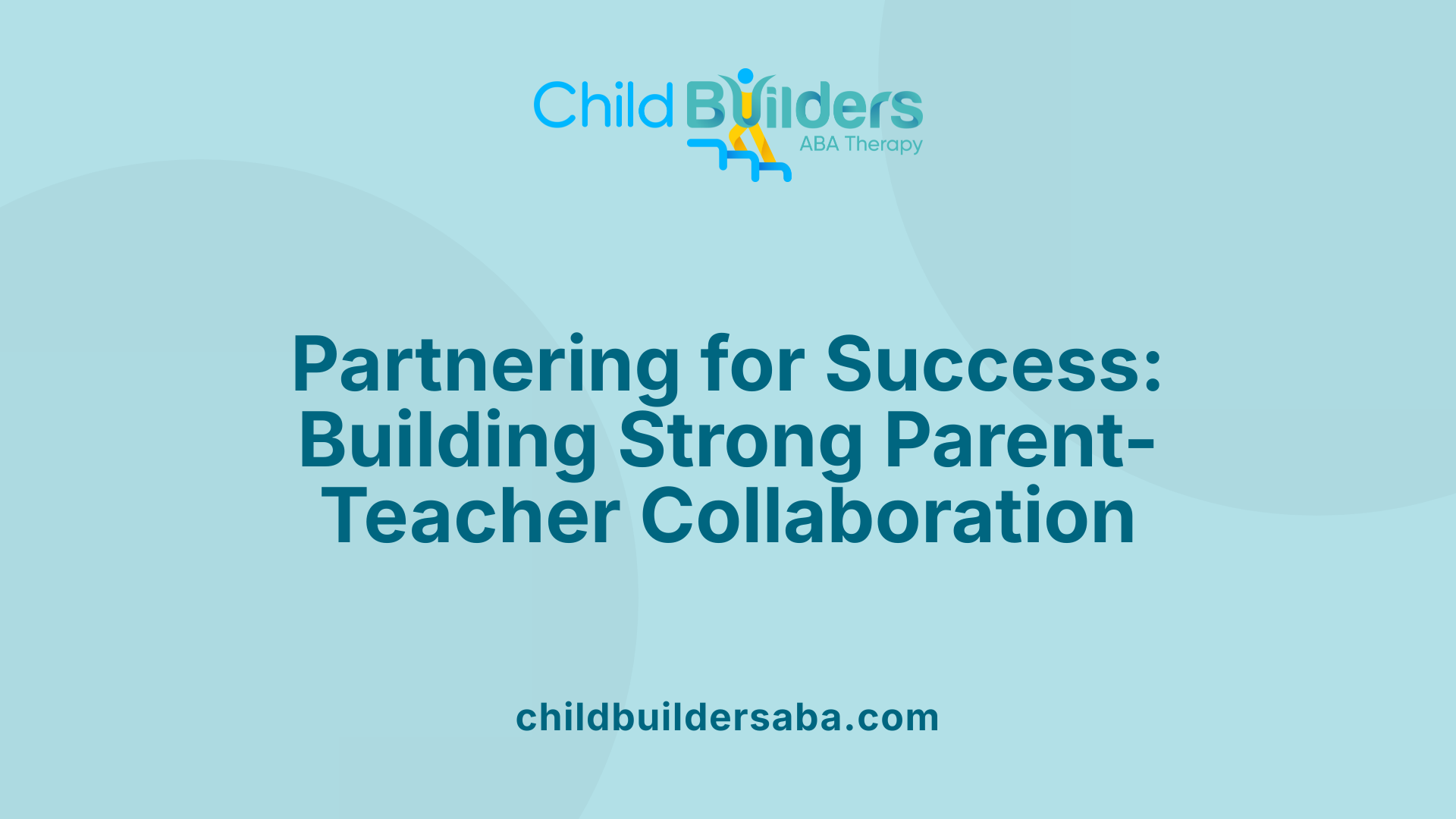
How can parents and educators collaborate to develop and implement effective IEPs for autistic students?
Successful development and implementation of an effective IEP for a child with autism require close cooperation between parents and educators. This collaboration starts right from the initial evaluation phase, where a multidisciplinary team—comprising parents, teachers, psychologists, and other specialists—gathers comprehensive information about the child's strengths, challenges, and needs.
Throughout the process, open communication is crucial. Parents share valuable insights from home and their observations of the child's behavior and skills, while educators contribute classroom-based evidence and academic performance data. Together, they set realistic, measurable goals tailored to the child's unique profile.
The collaborative team then selects appropriate supports and services, such as speech therapy, occupational therapy, or behavior interventions, based on the child's specific needs. Regular meetings and progress reviews enable the team to monitor the child's development, discuss challenges, and adjust goals or services as needed.
Building mutual trust and respect is essential. Parents should feel empowered to advocate for their child's rights, ask questions, and provide ongoing input. Likewise, educators must honor parental expertise and maintain transparency about the child's progress.
Involving the child in the process, suitable for their age and abilities, fosters self-advocacy and ownership of their learning journey. This joint effort promotes a supportive environment where the child's educational and developmental needs are prioritized.
Ultimately, an IEP crafted through genuine teamwork becomes a living document—responsive to changes in the child's needs and aligned with best practices in supporting children with autism.
Strategies for a Successful Parent-Teacher Partnership
- Establish open, ongoing communication channels.
- Share observations and insights regularly.
- Set clear, achievable objectives collaboratively.
- Review and adjust the IEP annually or as needed.
- Respect and incorporate the child's voice.
- Establish mutual trust and understanding.
Elements of Effective Collaboration
| Aspect | Description | Benefits |
|---|---|---|
| Timely Communication | Regular updates via meetings, phone calls, or digital platforms | Keeps all parties informed and engaged |
| Shared Goals and Plans | Co-creating measurable objectives aligned with child's needs | Ensures consistency and purpose |
| Parent Engagement | Active participation in evaluations and decision-making | Empowers parents and enhances plans |
| Flexibility and Adaptation | Adjusting strategies based on child's progress | Supports continuous growth |
| Building Mutual Respect | Valuing each other's knowledge and perspectives | Fosters trust and cooperation |
Addressing Challenges and Barriers
- Overcoming misunderstandings through proactive dialogue.
- Ensuring all team members have access to evaluations and reports.
- Managing diverse opinions and reaching consensus.
- Supporting the child's voice and choices effectively.
By emphasizing collaboration, trust, and communication, parents and educators can create an effective partnership that significantly enhances the educational experiences and outcomes for children with autism.
Legal rights and protections for students with autism under IDEA
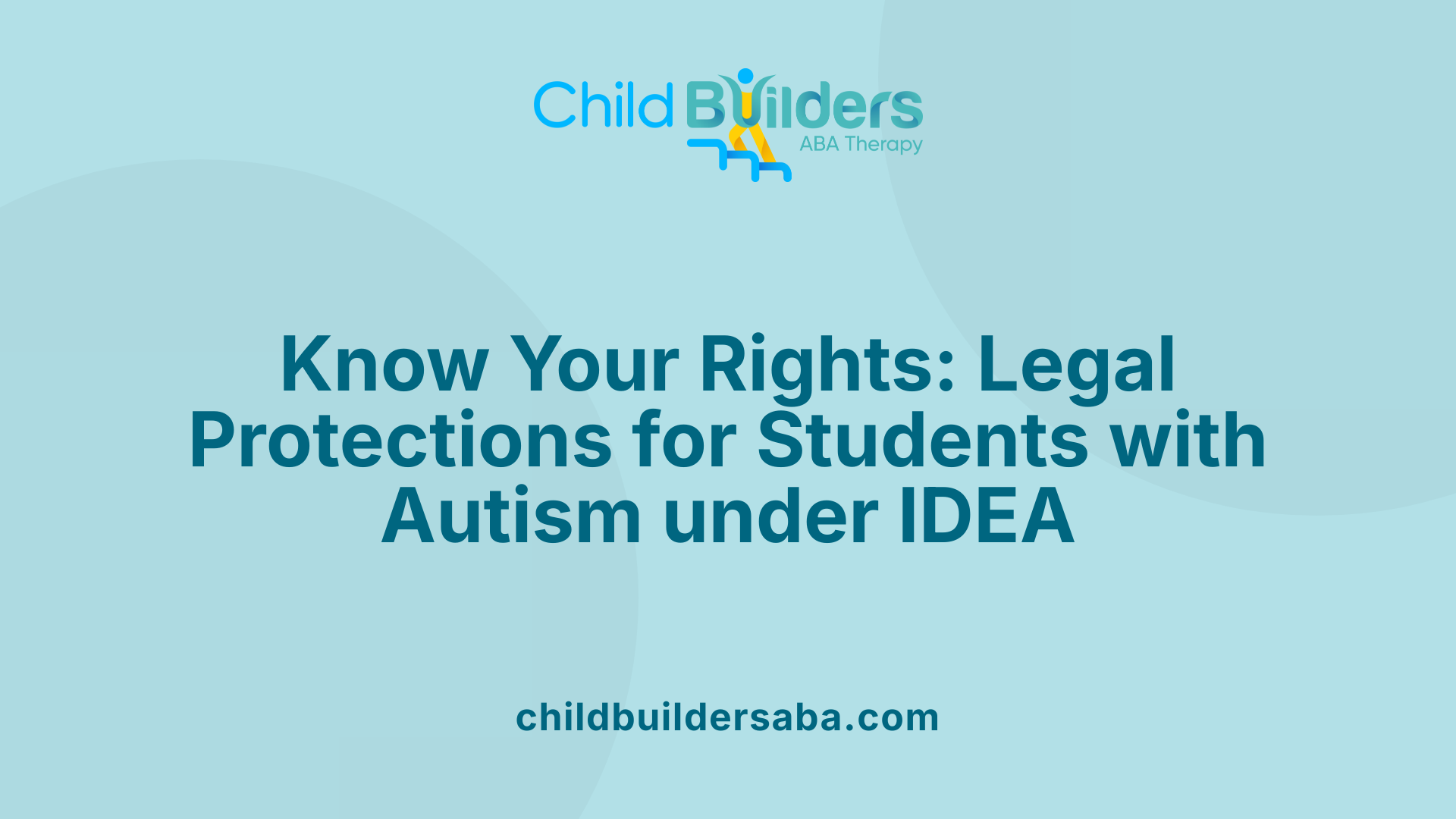
What legal rights and protections do students with autism have under laws like IDEA regarding their IEPs?
Students with autism are safeguarded by the Individuals with Disabilities Education Act (IDEA), a vital piece of legislation that ensures they receive the educational support they need. Central to IDEA is the right of these students to a Free Appropriate Public Education (FAPE). This means that every child with autism is entitled to an education tailored to their individual strengths and challenges, documented in an Individualized Education Program (IEP).
The IEP is not just a plan on paper; it is a legally binding document that outlines specific educational goals, services, accommodations, and supports designed to meet the child's unique needs. These services may include speech therapy, occupational therapy, behavioral interventions, assistive technology, and modifications to the curriculum.
One of the fundamental protections provided by IDEA is access to evaluations and assessments. Parents have the right to request evaluations to determine eligibility and to review the findings. Schools must provide comprehensive assessments, often conducted by a team of professionals, including psychologists, speech-language pathologists, and other specialists.
Furthermore, IDEA mandates that children with autism be placed in the Least Restrictive Environment (LRE). This means they should be integrated into regular classrooms and community settings as much as possible, with the support necessary to succeed alongside their peers.
Parents and students have the right to participate fully in every stage of the special education process. They are entitled to attend meetings, contribute to decision-making, review the evaluation reports, and advocate for their rights and needs.
Dispute resolution options are also available under IDEA, including mediation, complaints, and due process hearings. If disagreements arise regarding evaluations, placement, or services, families can invoke these procedures to resolve conflicts.
Beyond educational services, IDEA emphasizes the importance of transition planning, starting by age 16, to prepare youth with autism for adulthood, higher education, employment, and independent living.
In summary, IDEA provides a comprehensive framework that protects the rights of students with autism, ensuring they receive personalized, inclusive, and legally mandated educational services that support their overall development and integration into society.
The IEP development, review, and update cycle
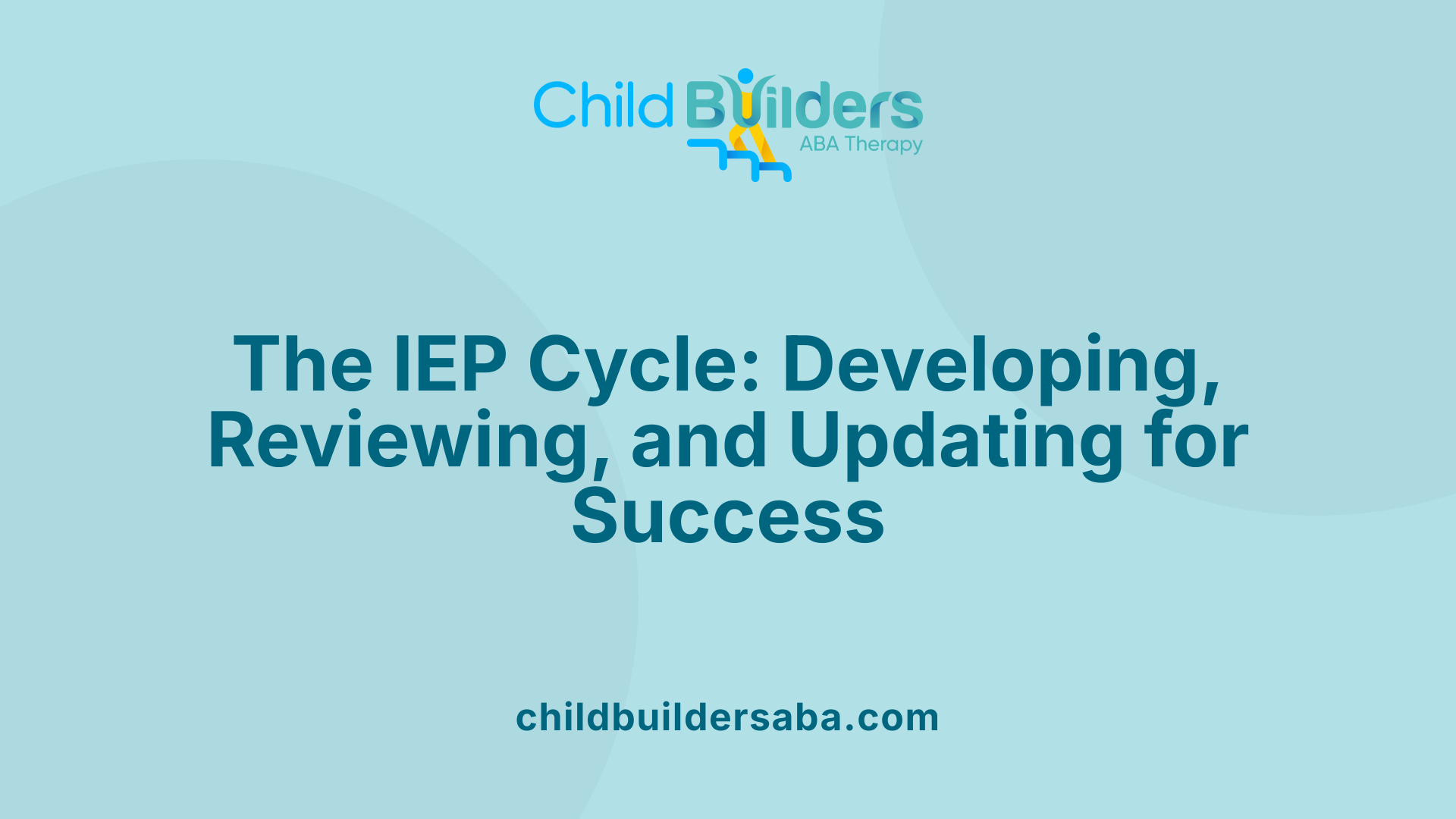
What is the process involved in developing, reviewing, and modifying an IEP for a child with autism?
The journey to create a tailored educational plan for a child with autism begins with a referral for evaluation. This step can be initiated by parents, teachers, or other professionals who observe developmental concerns or suggest that the child may benefit from special education services. Once a referral is made, a comprehensive assessment process is initiated.
Evaluations often involve a team of experts, including psychologists, developmental pediatricians, speech-language pathologists, occupational therapists, and educators. These assessments aim to determine the child's current performance levels, strengths, challenges, and specific needs in areas such as academics, social interaction, behavior, and motor skills.
Based on evaluation results, a multidisciplinary team—comprising parents, teachers, school psychologists, and specialists—meets to review the findings. This collaborative group discusses the child's needs and develops a draft IEP proposal. An IEP includes measurable goals, accommodations, modifications, and services like speech therapy or occupational therapy, all tailored to support the child's learning and development.
Once the draft is approved, it is formally adopted within 30 school days of the child's placement in a special education program. The IEP is then implemented in the classroom, with ongoing monitoring and adjustments as needed.
The process is dynamic and continuous. An annual review is scheduled to evaluate the child's progress toward goals and determine if modifications are necessary. During these reviews, parents and students are encouraged to participate actively, providing feedback and insights. This ensures the IEP remains relevant and effective in supporting the child's changing needs.
Furthermore, the IEP process incorporates transition planning starting around age 14. This component focuses on preparing the student for post-secondary education, employment, and independent living. Transition goals are integrated into the IEP and reviewed regularly, ensuring alignment with the student’s future aspirations.
In addition to scheduled reviews, parents, teachers, or other team members can request amendments or modifications at any point to reflect significant changes in the child's needs or progress. Schools must consider these requests and make adjustments as appropriate.
Overall, the IEP cycle emphasizes collaboration, flexibility, and ongoing assessment, all aimed at ensuring that children with autism receive the education and services necessary to thrive academically and socially.
Support and accommodations recommended for autistic students
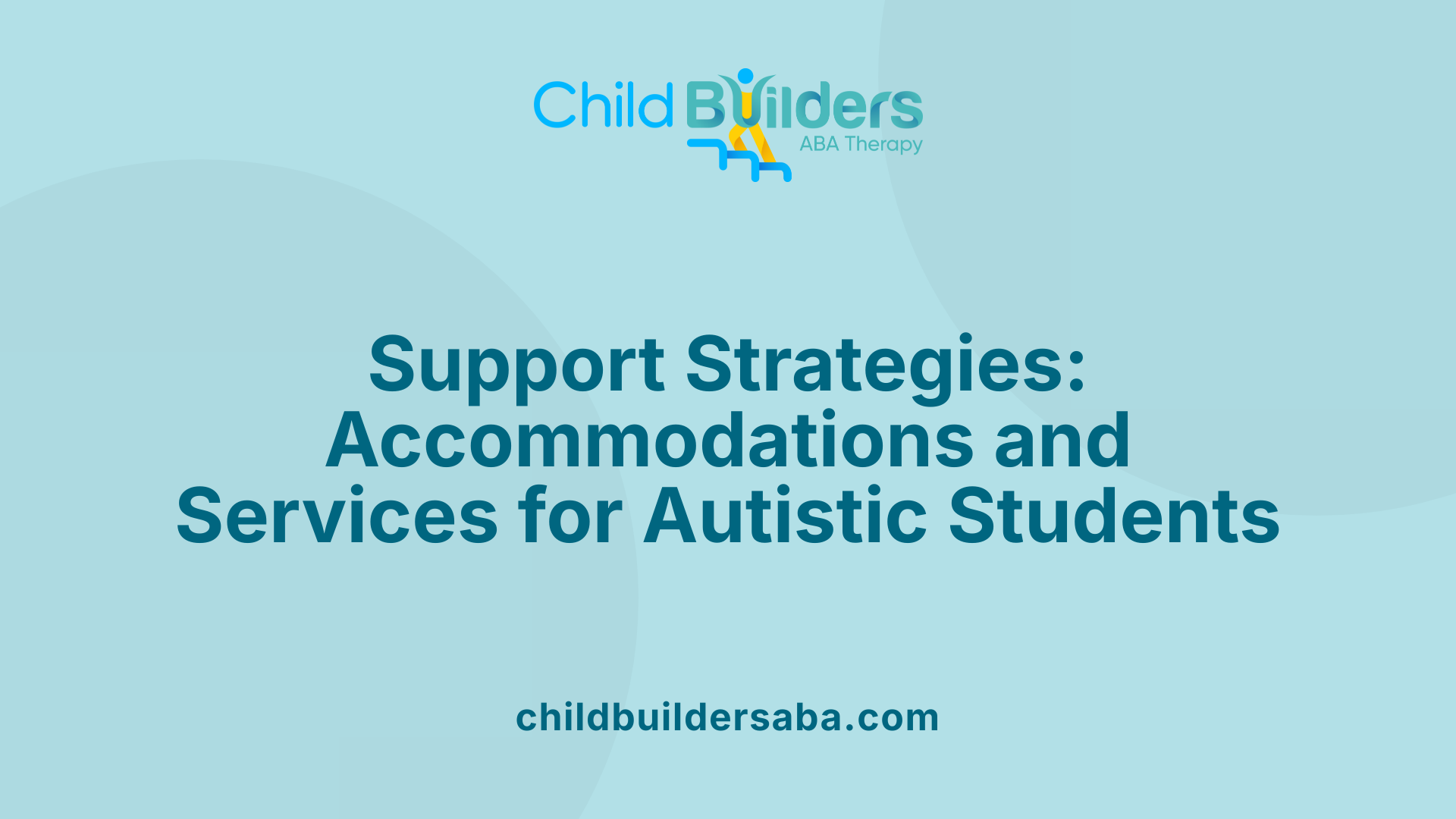
What support and accommodations are recommended within IEPs for students with autism?
In creating an effective educational plan, IEP teams recommend a variety of supports and accommodations tailored to meet the unique needs of students with autism. These supports aim to foster learning, social development, and independence within the school environment.
One common support involves visual aids. Visual supports such as daily schedules, social stories, and visual cues help students understand routines and expectations. These tools can reduce anxiety and increase predictability, making the classroom environment more manageable.
Sensory accommodations are also crucial. Many students with autism benefit from sensory tools like noise-canceling headphones, sensory rooms, or sensory breaks. These support strategies help manage sensitivities to noise, lights, or tactile stimuli, promoting focus and reducing stress.
Assistive technology plays an important role in autism support. Devices such as speech-generating apps, communication boards, and specialized software enhance communication skills. These tools are tailored based on assessments and incorporated into daily activities.
Behavior Support Plans (BSPs) are developed when necessary to address behavioral challenges. These plans employ positive reinforcement techniques, set clear behavioral expectations, and include strategies to support emotional regulation and social interactions.
Classroom modifications are often made to accommodate sensory, behavioral, and learning needs. Adjustments include flexible seating arrangements, extended time for assignments or tests, and sensory-friendly environments designed to ease distractions.
Supporting social skills and independence is a key focus. This includes social skills training, peer interaction programs, and opportunities for home and community participation. Goals are set within the IEP to gradually increase social competence and self-reliance.
All these supports are determined collaboratively by the IEP team, documented in the child’s plan, and subject to regular review and updates. This ensures that interventions remain effective and aligned with the student's evolving needs, ultimately promoting academic achievement, social integration, and personal growth.
Fostering Success and Inclusion through Tailored Education
Effective IEPs are foundational to supporting the educational and developmental progress of students with autism. By understanding the legal rights, key components, and collaborative processes involved, parents, educators, and specialists can work together to craft personalized plans that address each child's unique profile. Regular reviews and modifications ensure the IEP remains relevant and responsive, promoting meaningful inclusion, skill development, and transition planning for life beyond school. Resources like advocacy guides and evidence-based practices further empower stakeholders to advocate for quality education, ensuring children with autism are given every opportunity to thrive academically, socially, and personally.
References
- Individualized Education Programs (IEPs) for Autism - WebMD
- Guide to Individualized Education Programs (IEP) - Autism Speaks
- Understanding the IEP for Children with Autism
- Individualized Education Programs and Transition Planning for ...
- Individualized Education Programs (IEPs) | Nemours KidsHealth
- ASD & the IEP Process Toolkit - National Autism Association
- [PDF] Individualized Education Programs (IEPs) - JCC of Central New Jersey
- A Guide to IEPs for Autism - One size does not fit all
- Autism in schools: Your child's rights



.jpg)

































































































